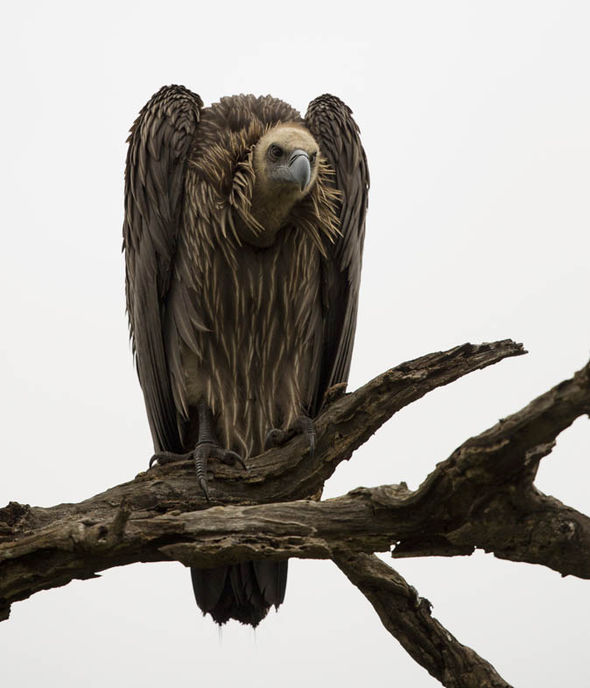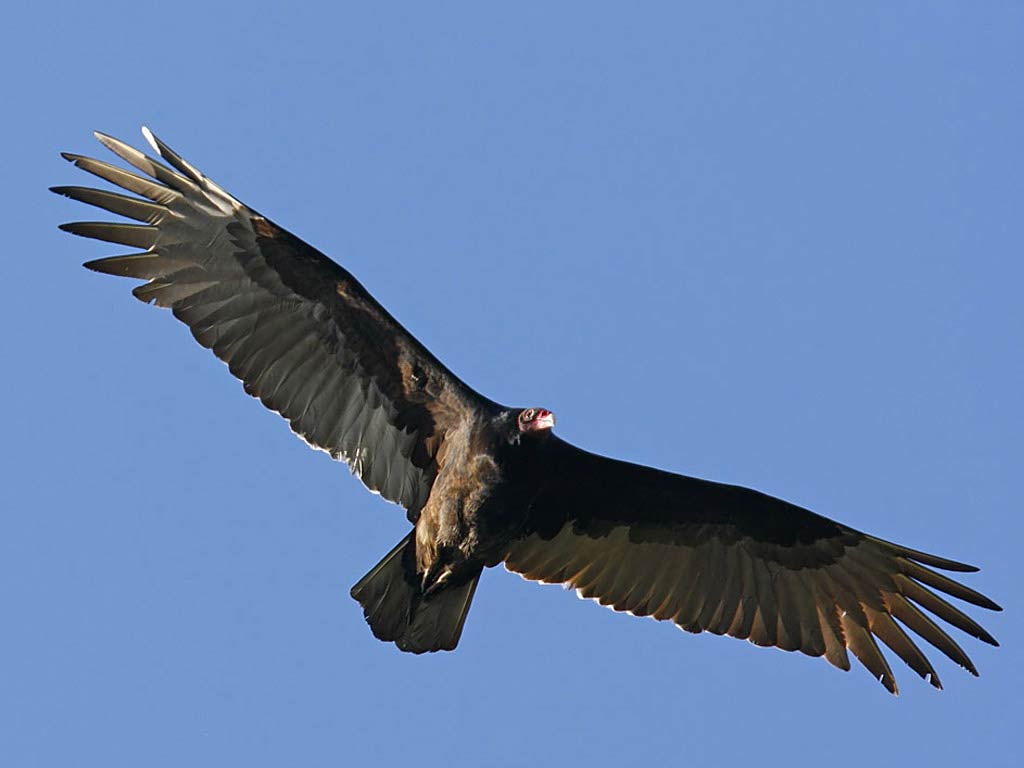
Since then, they have oscillated between friendly co-existence to hostility and confrontation. The Tapirapé's contact with their neighbours, the Karajá and the Kayapó, dates back to before the 17th century.

Their presence was noted to the north of the Tapirapé river from the same period. The Tapirapé are an indígenous group who originally came from the lower stretches of the Tocantins and Xingu rivers, where they lived until the 17th century.They arrived in the riverside region of the middle Araguaia about the second half of the 18th century. At the moment they inhabit two indigenous areas, Tapirapé/Karajá, with 66.166 hectares, offically recognised in 1983, with a mixed population of Tapirapé and Karajá, and Urubu Branco, covering 167.533 hectares and offcially recognised in 1998. The Tapirapé exploit these environments according to the season and the activity: planting, hunting, collecting and fishing. Tapi’itawa, the best known village of the group, has the ideal conditions for the location of a village: non-flooding land near high forests, but also near open fields next to the tributaries of the Araguaia and a perennial stream that does not run dry in the dry season.

Agriculturalists, traditionally their villages have been located near dense forests on non-flooding high ground, where they plant their crops. The Tapirapé live in a region of tropical forest, with typically Amazonian flora and fauna, divided by open fields and cerrado (low vegetation). But in the Urubu Branco indigenous area they still face problems over land, because of invasions by farmers and prospectors. After their traditional territory was occupied by cattle ranches, in the 1990s they managed to get official recognition of two indigenous areas, one of them in co-habitation with the Karajá. As a result of contact with the advancing development fronts from the mid- 20th century, they suffered an intense loss of population, and during this time they became close to the Karajá groups, formerly their enemies. The Urubu is dedicated to EN C pilot who’s capable of making decisions and cope with their consequences.The Tapirapé are a Tupi-Guarani people who inhabit the region of the Urubu Branco mountain range in Mato Grosso. The glider can be used all along its weight range, without considering the handling or speed but more the conditions the pilot will use it.įor flatland, the pilot should be in the low part of the weight range to optimize the float and the climb, with no inflexion of the handling.Ī pilot flying strong conditions will use the middle/top part of the weight range. The Urubu’s feedback is always crystal clear and gives you a real idea of the air conditions. The winter tests in Brazil just confirmed this feeling. We’ve been testing it in very difficult conditions this 2019 summer at the office, and it always gives this incredible feeling of serenity. It’s very difficult to upset the wing, thanks to its huge brake travel, very heavy stall point, and very damped reactions (pitch stable as usual at LC). XC, soaring, Hike and Fly, the Urubu is a very funny wing to fly. The Urubu is made for flying safely and with peace of mind. The span increase doesn’t affect the Urubu’s handling, it remains very direct and precise, offering a very tight turn possibility thanks to the work done on the arch. Brazilian strong wind take off have always been a piece of cake! Stunning! The glider keeps the compact feeling of the Gracchio, but has incredible damping abilities for this class of wing, while still having a very high thermal sniffing capacity. The weight stays very light, only 3.8kg for the 24, which makes it a great wing for Hike and Fly. The design was pushed far to control all dimensions of the wing’s fabric tension. The construction remains extremely simple and without gimmicks… They are very friendly and very often come to fly with you.Īs a base we kept the Gracchio plan form (57 cells), but reworked its shape, increased its aspect ratio to 6.15, and used a new airfoil (Air intakes thinner and more on the back).

You’ll find them playing around on the beach soaring but also inland thermaling. The Urubu is a small vulture which flies in Brazil, and more generally in South America. The Urubu is the most performant wing in the LittleCloud range.


 0 kommentar(er)
0 kommentar(er)
